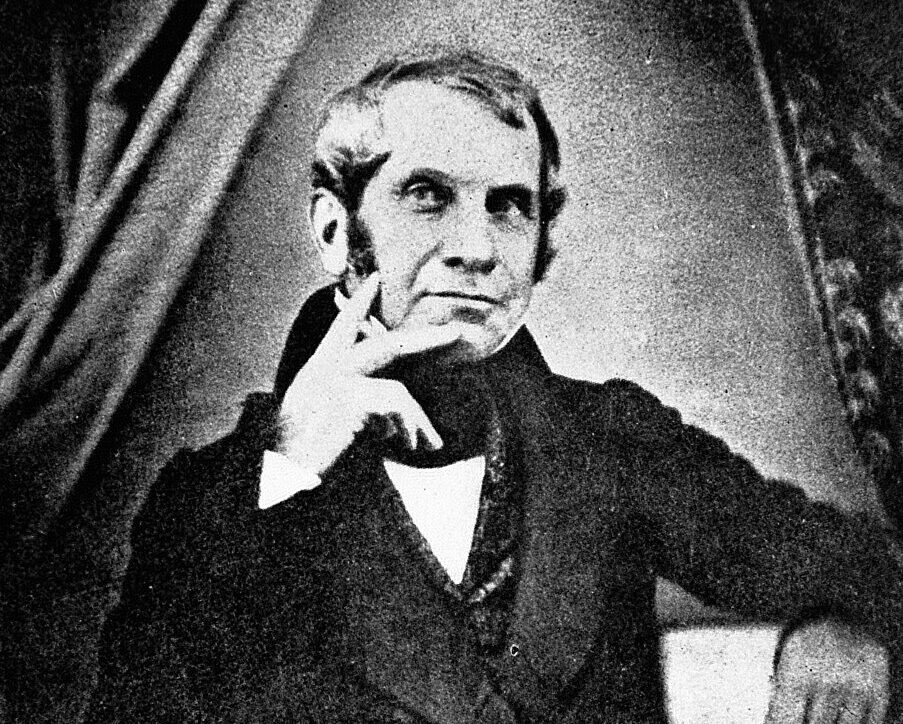
Jacob Bigelow (1787-1879)
Physician, Botanist, & Founder
Jacob Bigelow, a polymath with expertise in medicine, botany, technology, and architecture, was born in Sudbury, Massachusetts on February 27, 1787.
The son of Jacob Bigelow, a congregational minister in Sudbury, and Elizabeth Wells Bigelow, Bigelow displayed a zest for learning from a young age and taught himself Latin while attending school and working on the family farm. At 13 he was tutored by Reverend Samuel Kendall, and at 15 he entered Harvard to study medicine, graduating in 1806.
Upon graduation, he studied in the office of Dr. John Gorham and taught at Boston Latin School. He enrolled in medical school at the University of Pennsylvania in 1809, and received his MD in 1810, at which point he returned to Boston to open his own practice. In 1811 he was asked by Dr. James Jackson (Lot #2148, Lime Avenue) to become a partner in his office; Bigelow not only succeeded Jackson in this office, but also as president of the Massachusetts Medical Society and the American Academy of Arts and Sciences.
Bigelow presented a series of botanical lectures at Harvard in 1812 along with Dr. Peck of Cambridge. The enthusiasm of his students inspired him to collect native botanical specimens from the Boston area. He published their descriptions in Florula Bostoniensis (1814), creating the first systematic collection of New England plants. It was the definitive book of New England botany until Asa Gray’s Manual in 1848. His next book, American Medical Botany, a three-volume work, gained Bigelow an international reputation.
In 1815 he lectured on medicine and botany at Harvard, and was raised to the level of professor within two years, and held the position for the next 40 years. He was appointed Rumford Professor of the Application of Science to the Useful Arts in 1816, and in 1829 published a series of lectures, Elements of Technology. This interest in technology and education led him to become a founder of the Massachusetts Institute of Technology.
Bigelow married Mary Scollay in 1817, and at 30 years old, was accomplished in several fields, and a member of organizations such as the Massachusetts Historical Society, the Boston Athenaeum, and the American Philosophical Society. He worked as a visiting physician at Massachusetts General Hospital, and his Discourse on Self-Limited Diseases had a significant influence on the practice of medicine in America.
In addition to his many accomplishments, Bigelow also played a key role in the creation of Mount Auburn, America’s first garden cemetery. He advocated the concept of a pastoral cemetery where the beauty of nature would comfort the bereaved. Bigelow guided the development of the cemetery, but also designed the front gate, its gothic chapel (Bigelow Chapel), and observation tower (Washington Tower). He served as Mount Auburn’s second president, following Joseph Story, from 1845 until 1872, when he retired due to failing health.

Jacob Bigelow is buried at Mount Auburn in Lot 116 on Beech Avenue.
Footnotes:
Adapted from the research of Judy Jackson and Cathy Breitkreutz, as published in Mount Auburn’s February Birthday: Jacob Bigelow, 2000.
